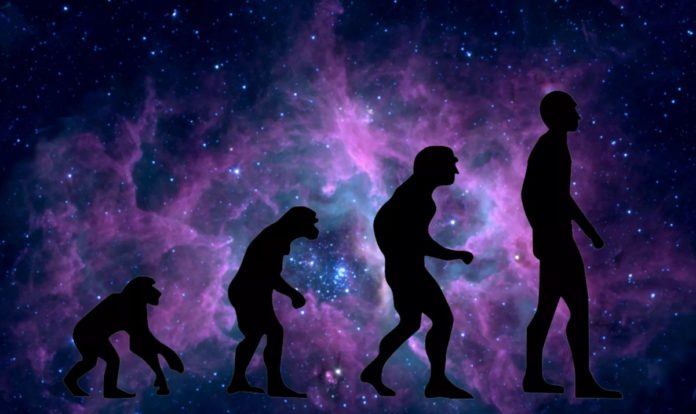The skeleton of an ancient primate that lived millions of years ago helped a team of scientists solve the mystery of how early human ancestors could have evolved to an upright posture.
The arm bones of the primate Ardipithecus ramidus, which lived 4.4 million years ago, were compared to the limbs of other fossil primates, apes, and humans. This allowed the researchers to determine the type of locomotor behavior, the mode they used to move from one place to another, and the probable evolution related to humans.
- Brief Anger Hampers Blood Vessel Function Leading to Increased Risk of Heart Disease and Stroke – New Study
- New Blood Test Pinpoints Future Stroke Risk – Study Identifies Inflammatory Molecules as Key Biomarker
- Enceladus: A Potential Haven for Extraterrestrial Life in its Hidden Ocean Depths
- New Experiment: Dark Matter Is Not As ‘DARK’ As All We Think
- Scientists in Fear of This New Predator From Red Sea Eating Native Species in Mediterranean
According to the study conducted by a team of scientists from Texas A&M University, the primate’s arm had a characteristic morphology similar to chimpanzees and bonobos, which means that the primate moved by brachiating, that is, swinging between the branches of the trees with the help two arms.
When comparing the primate species Ardipithecus, 4.4 million years old, and Australopithecus, 3.2 million years old, they also noted an important evolutionary leap, since this transition occurred when hominins began to adapt to an upright posture characteristic of the humans.
“Our results suggest that the first hominins evolved from an ancestor with a varied positional repertoire that included suspension and vertical climbing, which directly affects the viable range of hypotheses about our origin,” the study authors explain.
Furthermore, the study adds that this evolutionary change in hand morphology between Ardipithecus and Australopithecus opens up more questions about the coevolution of hominin hand-use capabilities and the bipedalism initially proposed by Darwin.
- Brief Anger Hampers Blood Vessel Function Leading to Increased Risk of Heart Disease and Stroke – New Study
- New Blood Test Pinpoints Future Stroke Risk – Study Identifies Inflammatory Molecules as Key Biomarker
- Enceladus: A Potential Haven for Extraterrestrial Life in its Hidden Ocean Depths
- New Experiment: Dark Matter Is Not As ‘DARK’ As All We Think
- Scientists in Fear of This New Predator From Red Sea Eating Native Species in Mediterranean
Some anatomical studies conducted in the early 20th century supported the hypothesis that humans evolved from a creature that bore a certain resemblance to apes. However, the well-preserved arms of the primate Ardipithecus ramidus, found in Ethiopia, have led researchers to believe that hominins had an ancestor with a more generalized primate form without pronounced features.
